Grayton Beach State Park
Big Shoals State Park
San Marcos de Apalache Historic State Park
Collier-Seminole State Park
Collier-Seminole State Park, located in Naples, is a 7,271-acre park that offers the opportunity to explore part of the Great Mangrove Swamp of South Florida and an original stand of royal palms. Discover wildlife and wildflowers like those in the Everglades.
Learn about the Bay City Walking Dredge No. 489, a mechanical engineering marvel that walked forward as it dredged limestone to create a road from Tampa0 to Miami.
Collier-Seminole State Park has four wonderful nature trails ranging from less than a mile on the Royal Palm Hammock Nature Trail to the 5.25 mile Strand Swamp Trail. Discover the plants and animals, many imperiled, that live in the park. The park is designated a Great Florida Birding and Wildlife Trail so be sure to bring your camera/binoculars.
Launch your canoe or kayak at the ADA accessible launch. Explore the Blackwater River on the 13.5-mile canoe trail. As you paddle through the mangroves to Blackwater Bay, look for crocodiles, alligators, otters, manatees, and a variety of wading birds.
Primitive camping sites and campsites for your RV and tents are available. There are bike trails, two pavilions, picnic tables, and a playground for your enjoyment. Leashed pets are welcome.
For more information: https://www.floridastateparks.org/…/collier-seminole-state-…
Photo Credit: Ileana Rodriguez
Lower Wekiva River Preserve State Park
Payne’s Prairie Preserve State Park
Payne’s Prairie Preserve State Park
Paynes Prairie Preserve State Park consists of 22,000 acres of wet and dry savanna in Micanopy, Florida. This state park, located just south of Gainesville, has more than 20 biological communities providing wildlife habitats. In the 1970s, Florida acquired the land and began restoring it.
Within Paynes Prairie Preserve is a highland freshwater marsh composed of different plant communities that vary based on the depth of the water. The wet, forested areas have coastal swamps of bald cypress (Taxodium distichum) and swamp tupelo (Nyssa biflora). Coastal plain blackwater river forests grow along streams. The uplands have southern oak domes and hammocks of southern live oak (Quercus virginiana) growing in areas with moist soils. Florida longleaf pine sandhills grow on drier, sandier soils.
There are over 720 species of plants at the Paynes Prairie Preserve, including native, introduced, and invasive species. You will see everything from the Red Maple(Acer rubrum) to the invasive Cora Ardisia (Ardisia crenatum) to the beautiful Passionflower (Passiflora incarnata).
Over 270 species of birds including anhingas, ibis, flocks of turkeys, herons, and migratory birds, can be found on the plain. You will see alligators and Cracker Horses and Cracker Cattle, both introduced by the Spaniards. You may even see an American Bison which was reintroduced to the Preserve where they roamed until the 18th century.
You can start your exploration of the Preserve in historic Micanopy. Exhibits, photographs, and an audio-visual program will explain the natural and historical significance of the Preserve. A 50-foot tower provides a panoramic view, where you may spot wild horses.
Paynes Prairie has more than 30 miles of trails for horseback riders, cyclists, and hikers, leading you through various ecosystems. Camping opportunities await you in a full-facility campground. There is a boat ramp on the east side of the 300-acre Lake Wauberg for canoes, kayaks, and small boats. On weekends in November – April, you can participate in ranger-led activities with pre-made reservations.
In 1971, Paynes Prairie Preserve State Park was designated Florida’s first state Preserve. In 1974, Paynes Prairie Preserve was nominated to the National Register of Natural Landmarks, one of only 600 in the country.
ADDRESS: 100 Savannah Blvd, Micanopy, FL 32667
For more information: https://www.floridastateparks.org/parks-and-trails/paynes-prairie-preserve-state-park
Photo Credit Kerry Waldo, Dan Kon

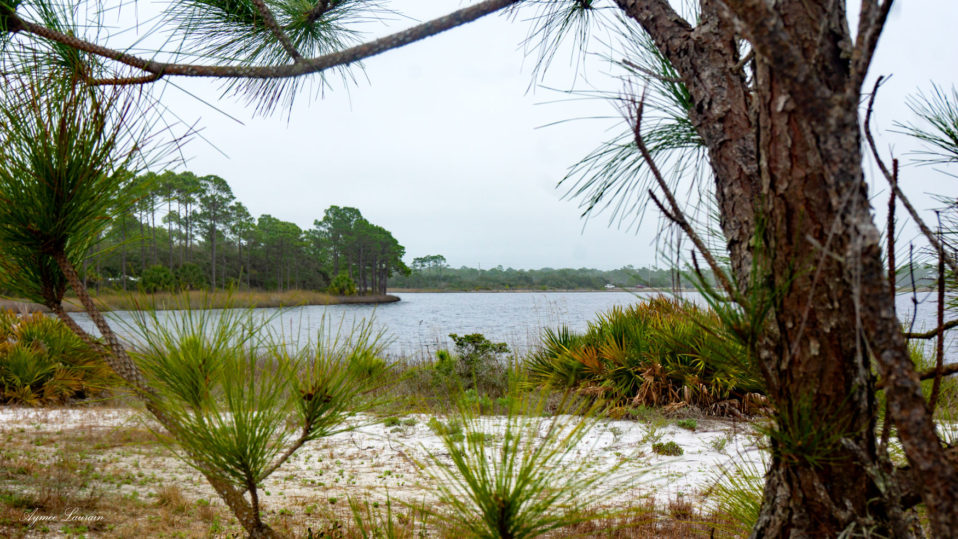
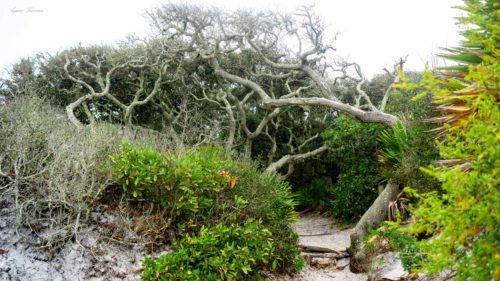
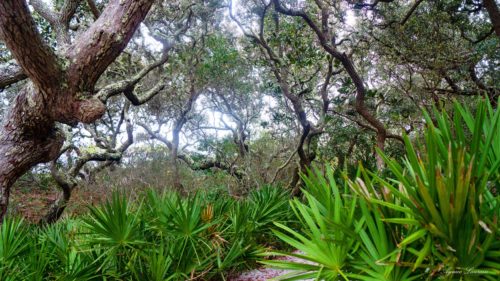
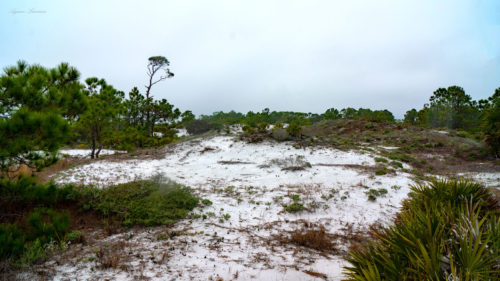
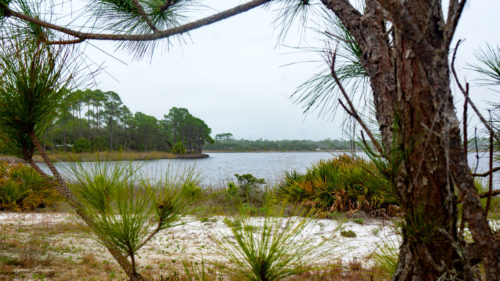

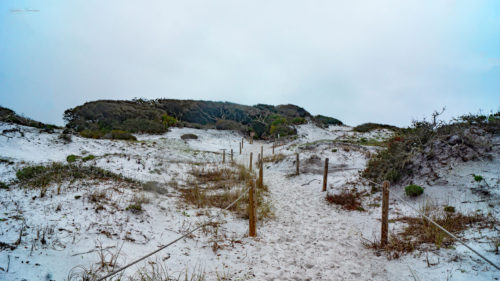
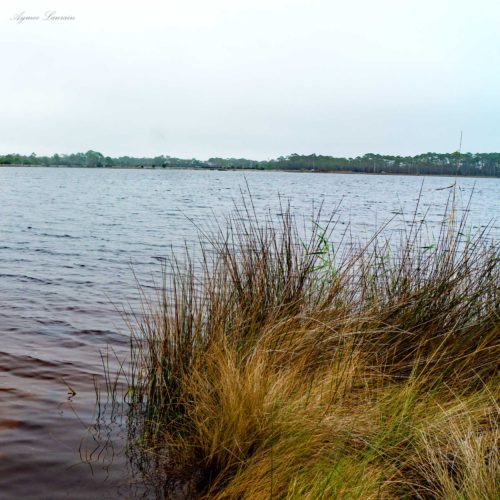
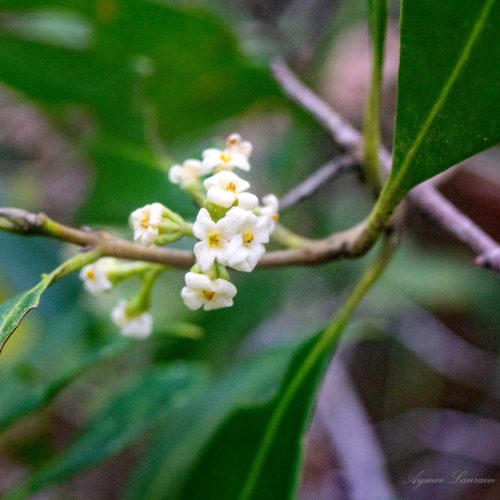
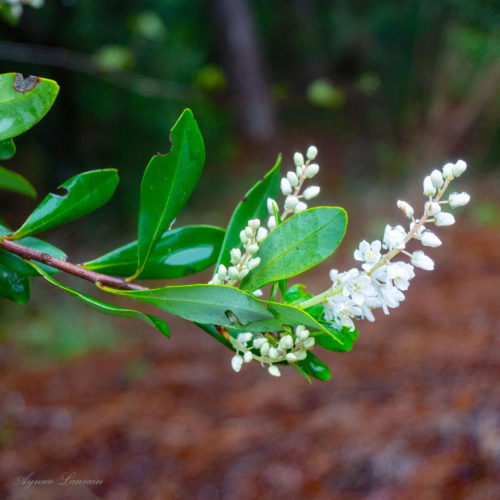
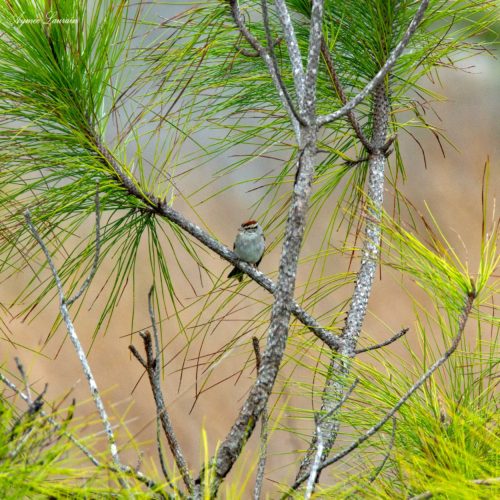
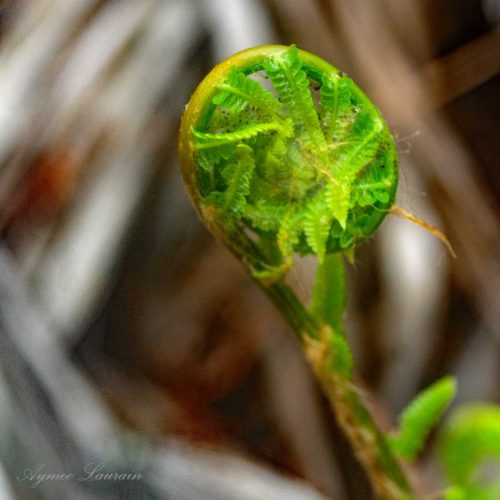
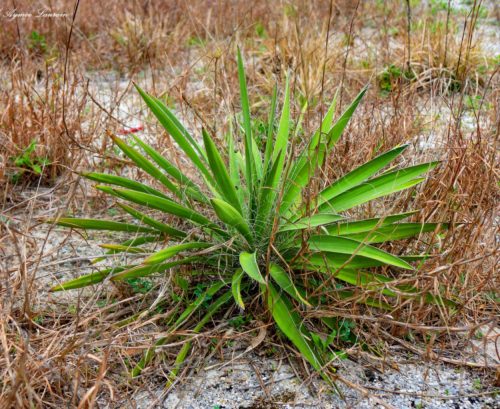
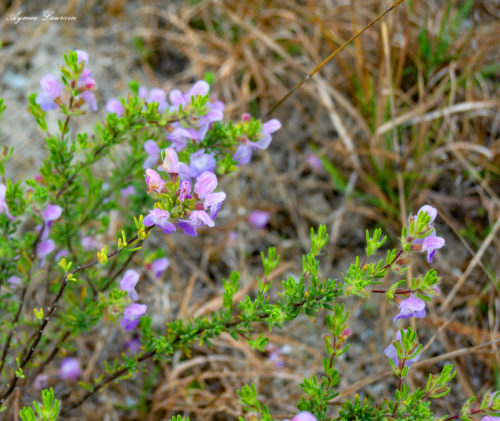
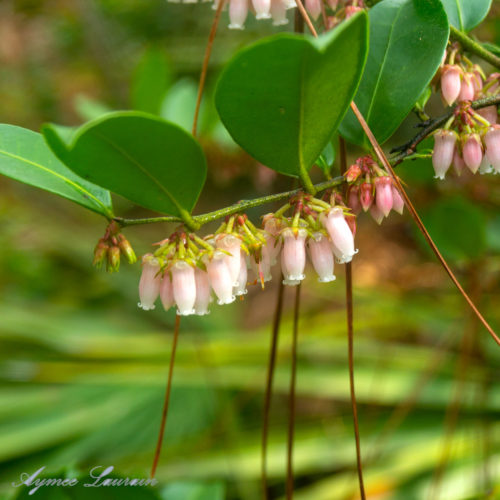
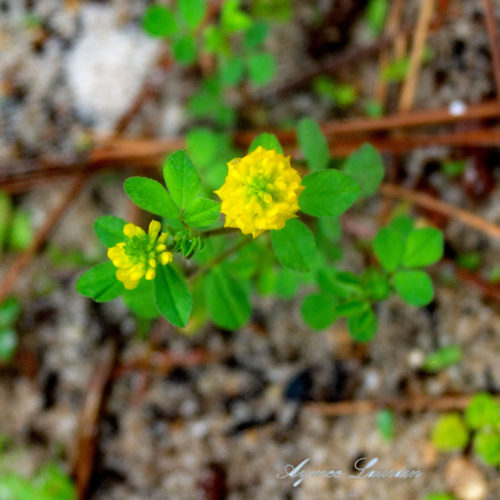
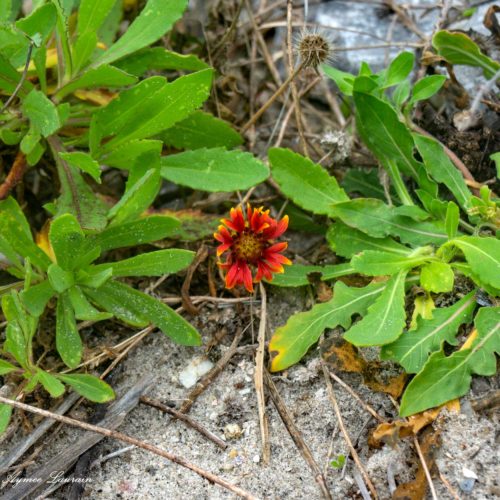
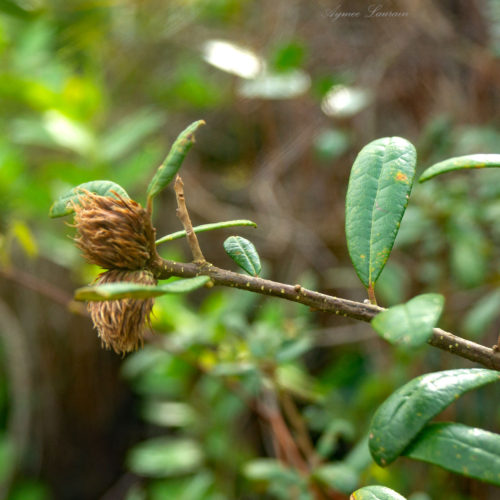
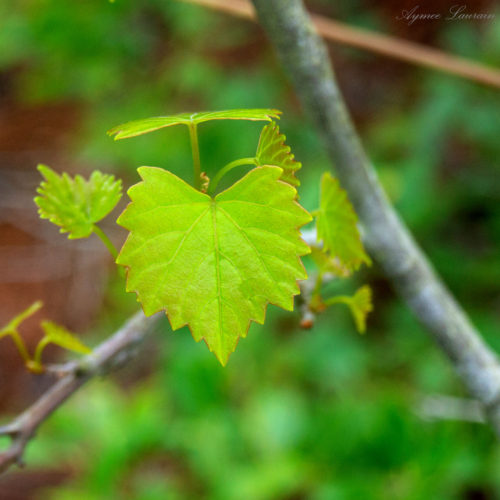
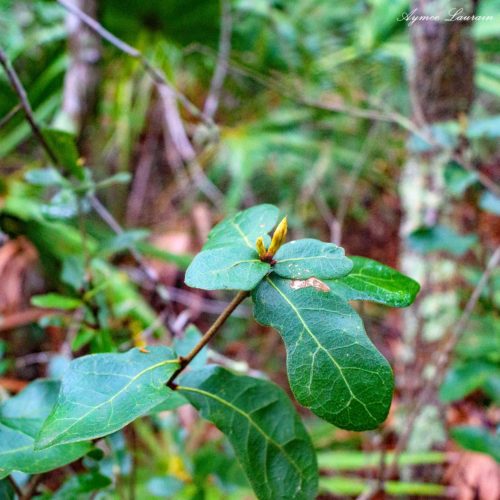
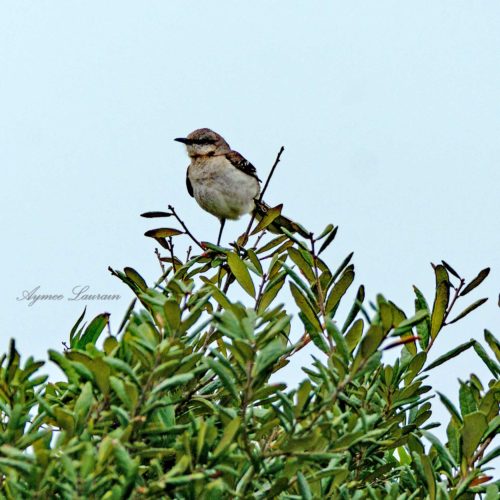
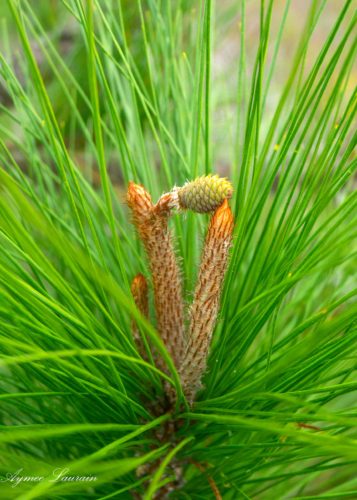
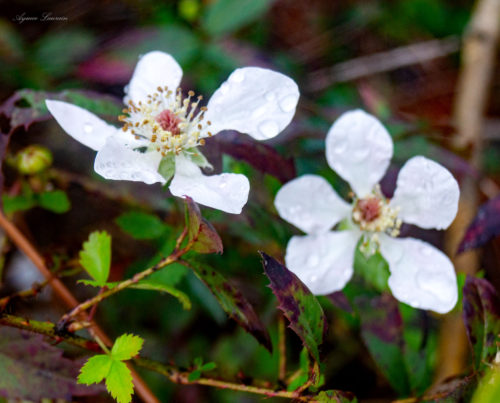
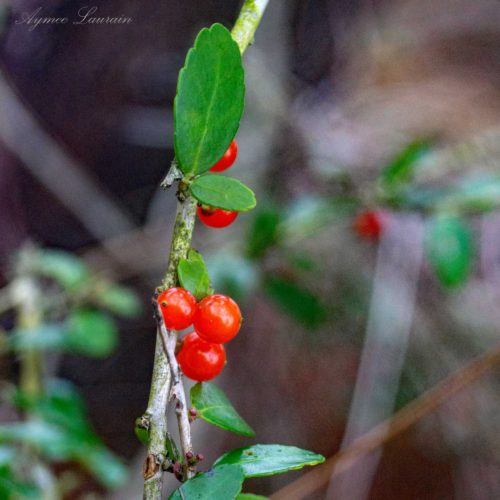
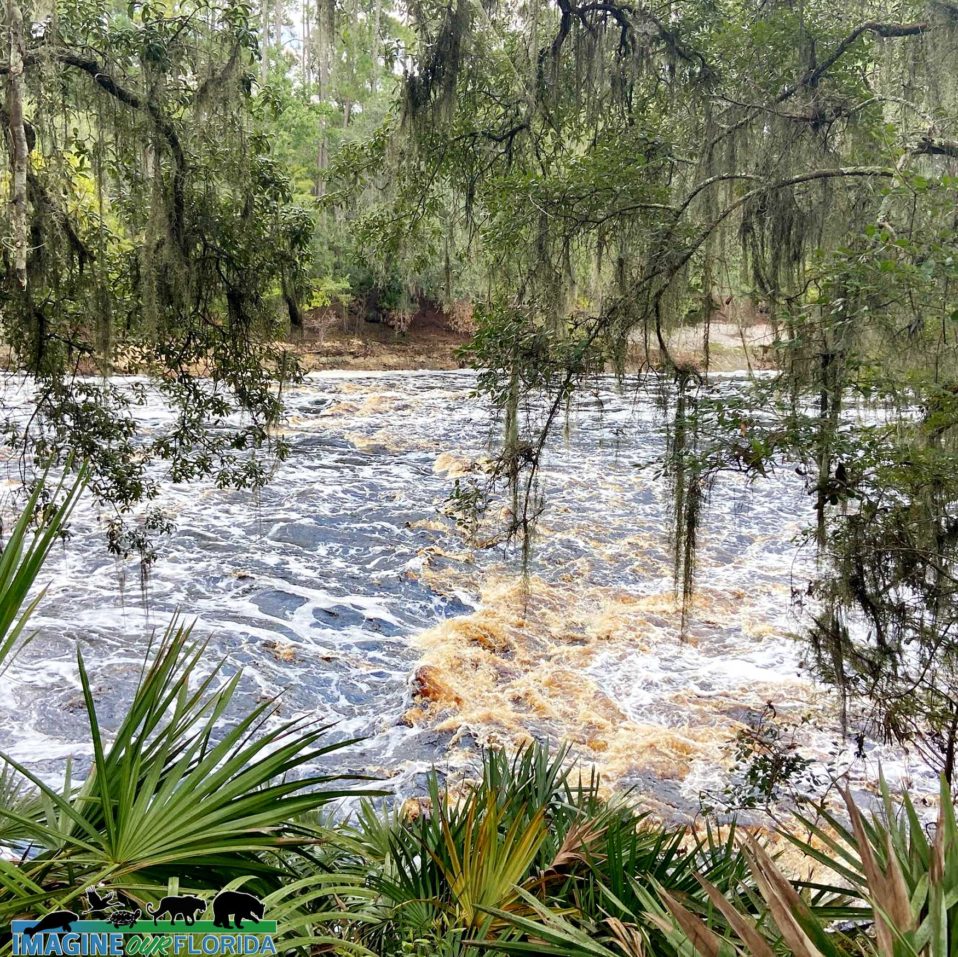
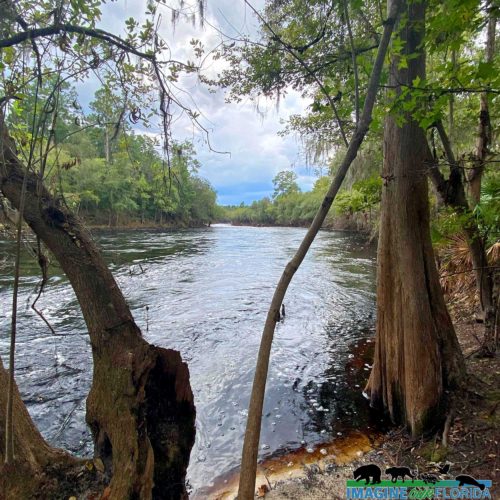
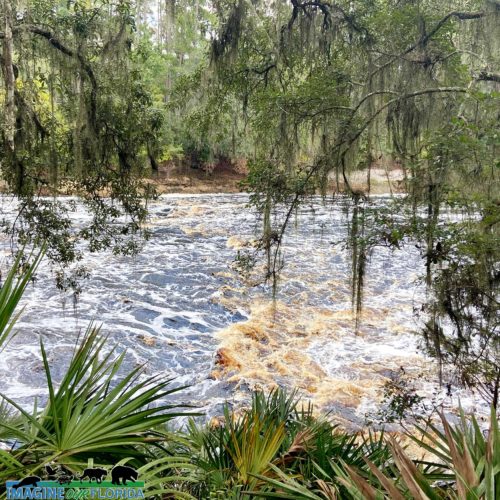
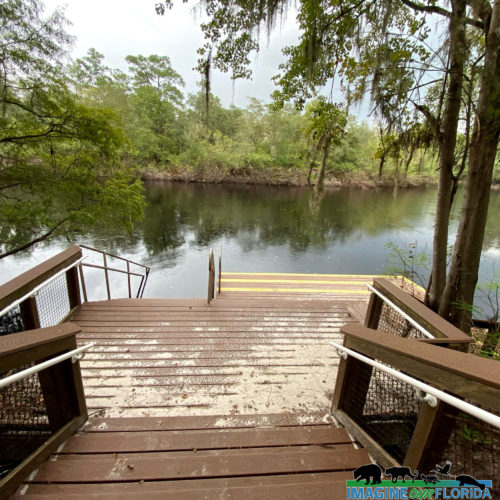
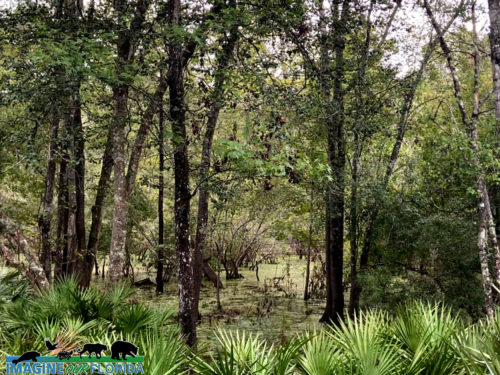
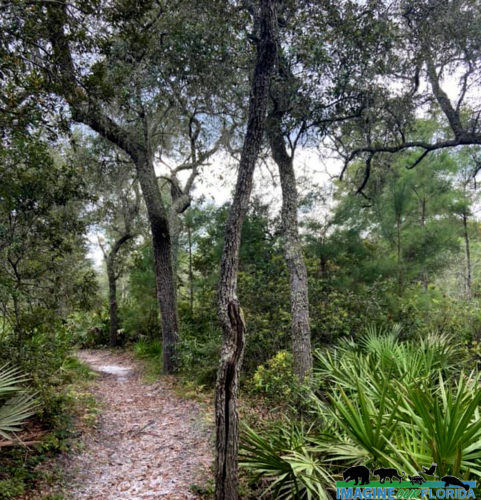
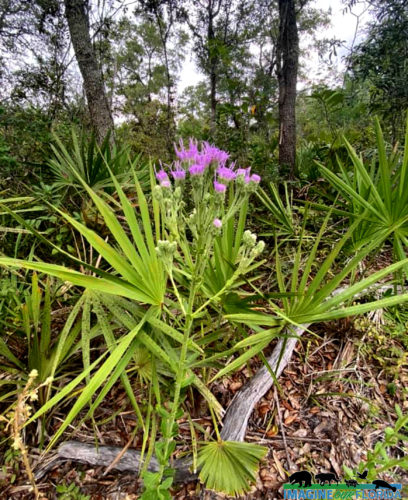
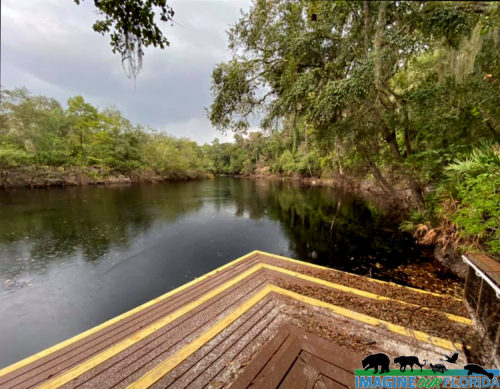
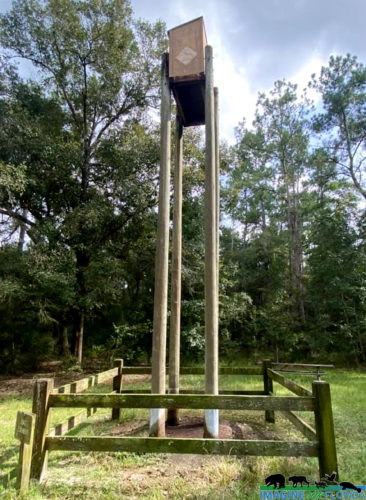
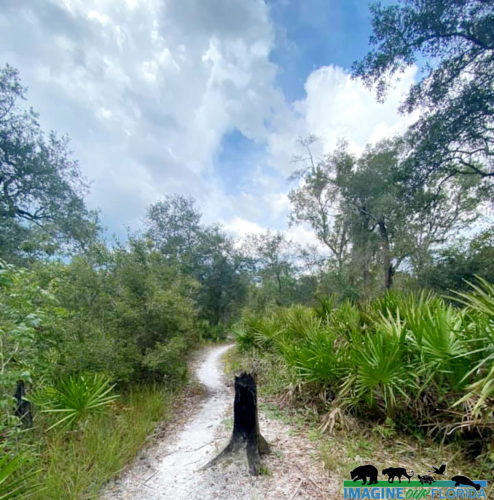
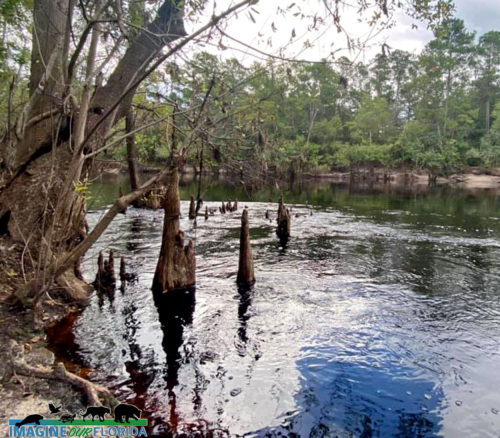
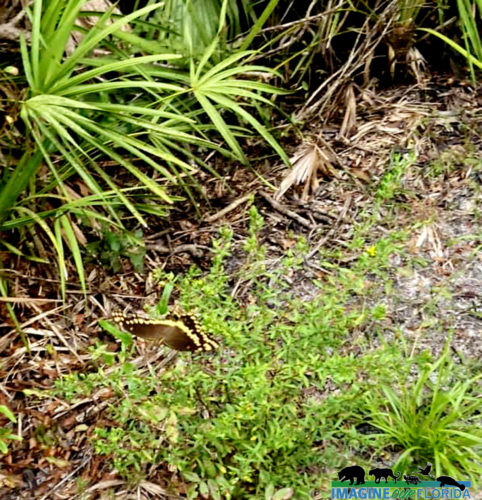
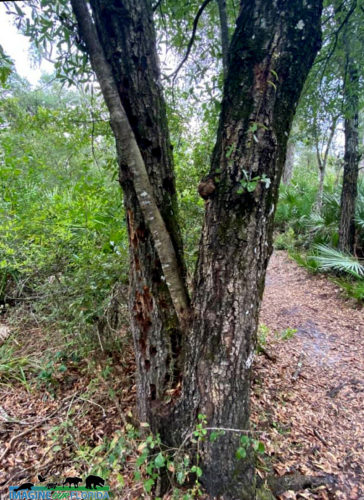
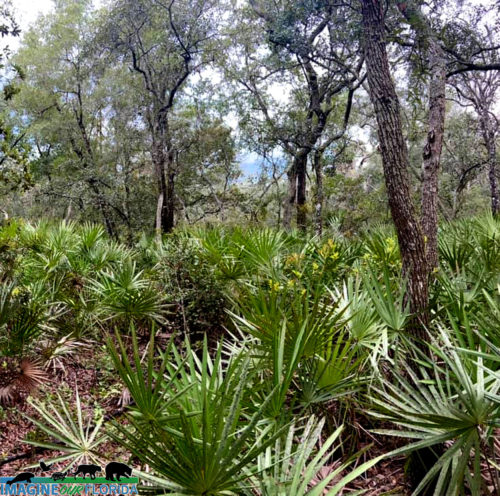
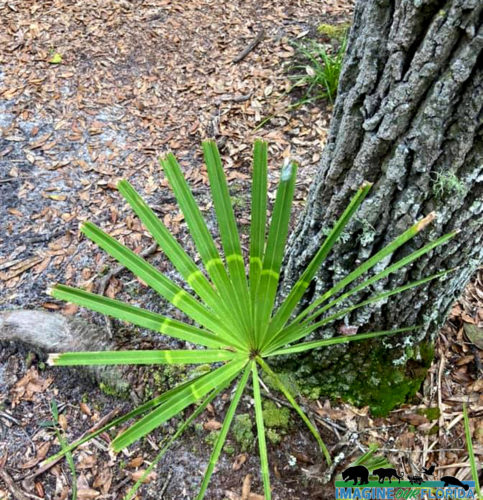
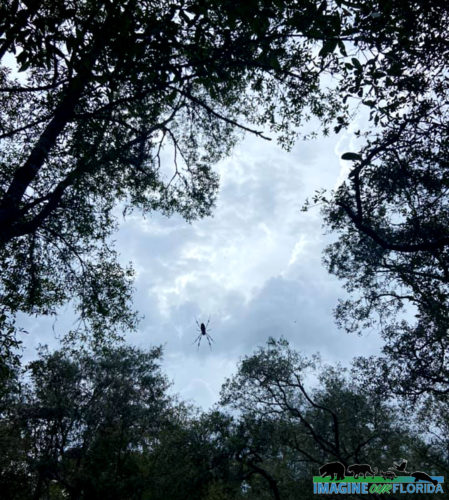
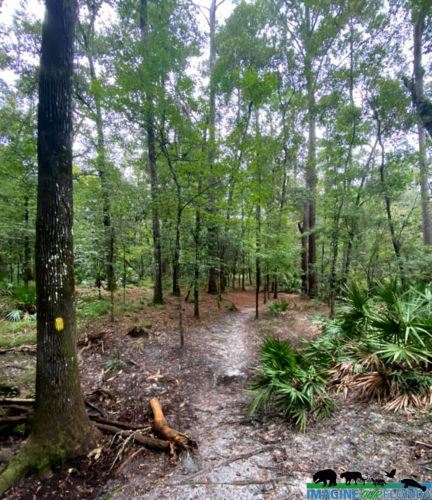
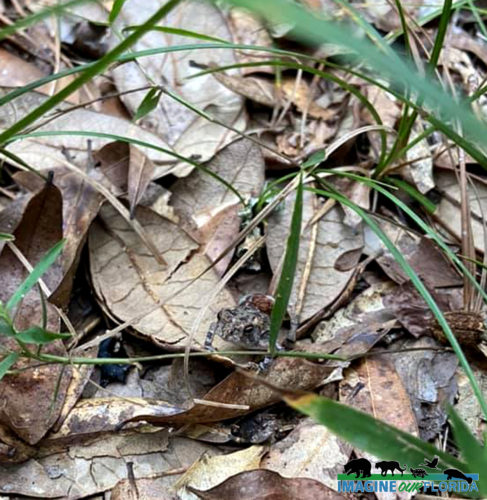
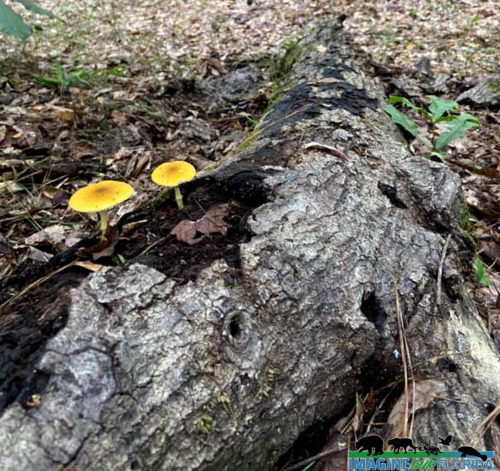
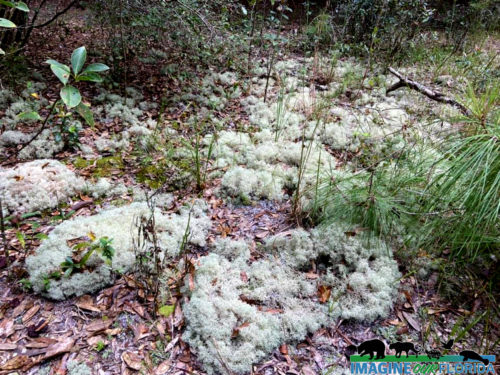
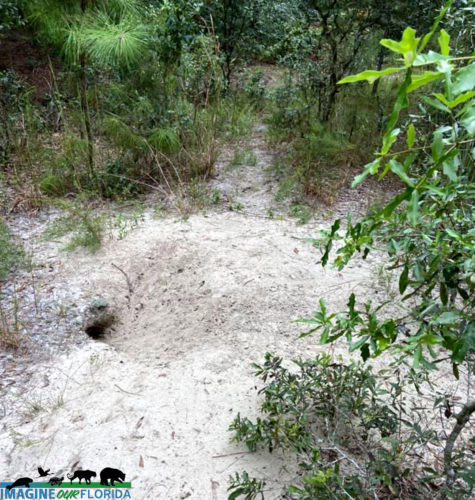
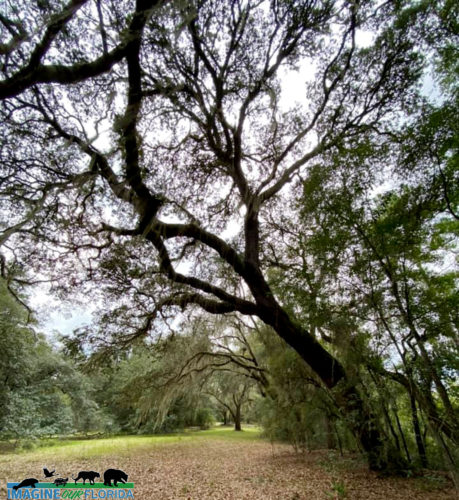
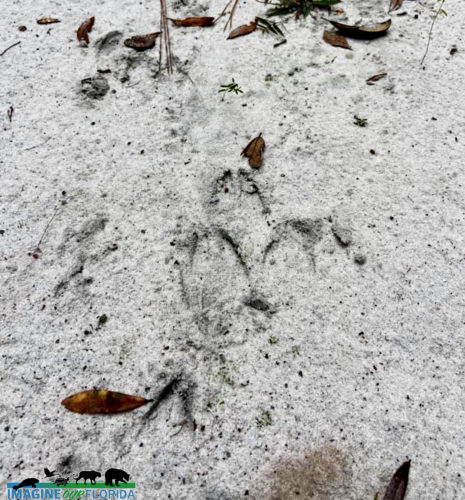
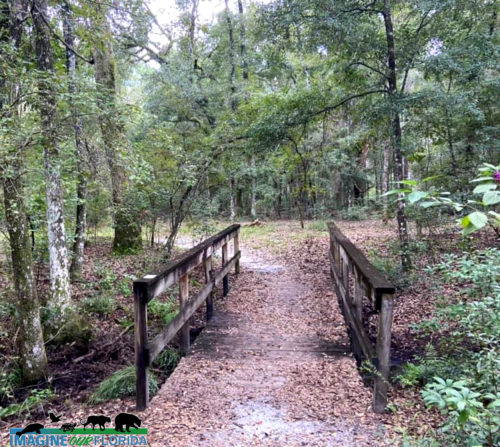
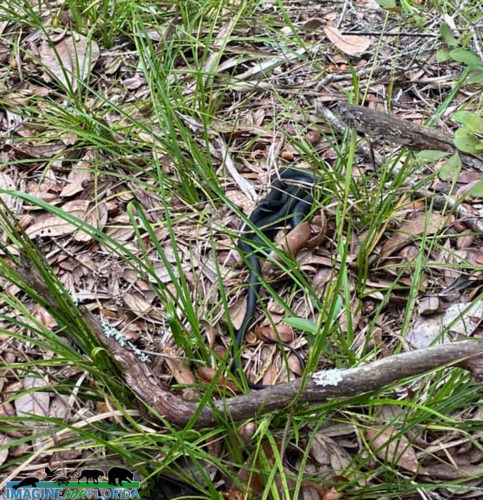
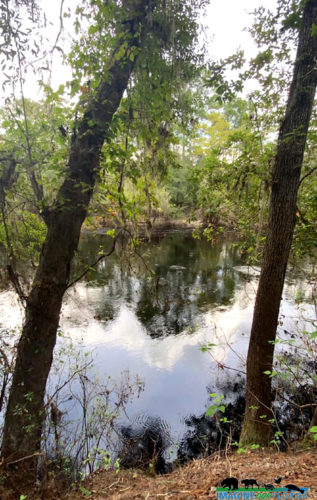
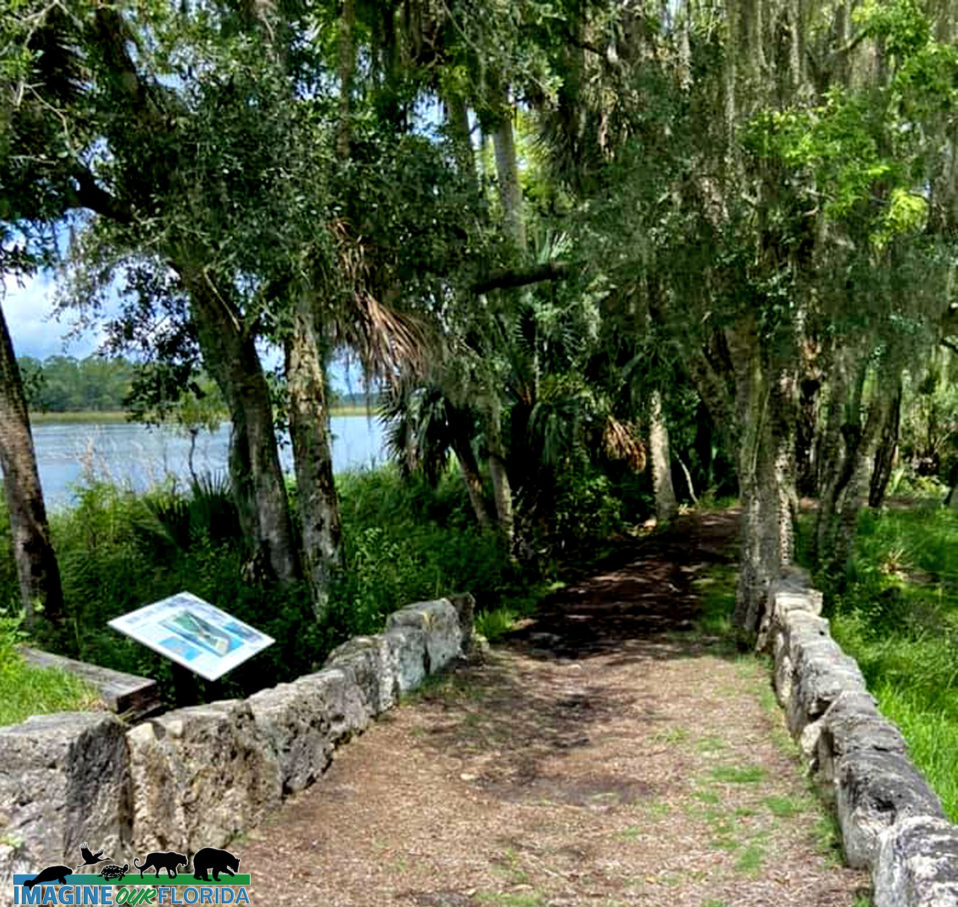
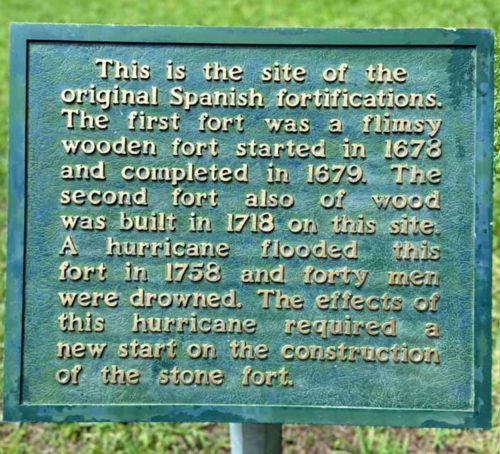
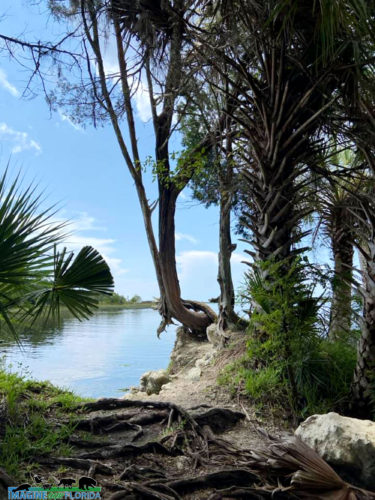
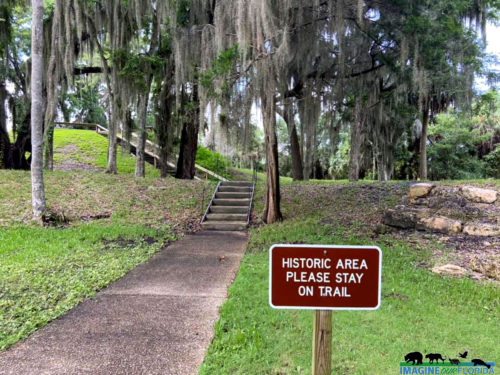
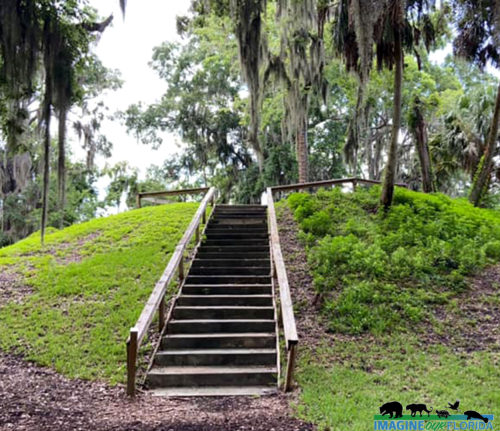
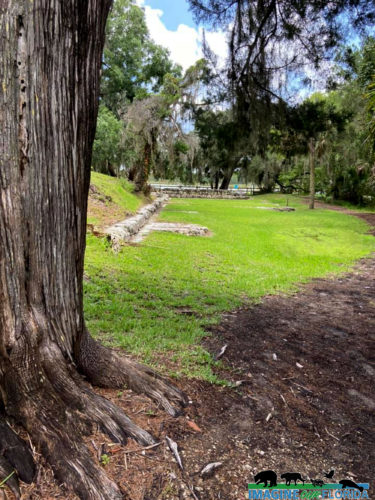
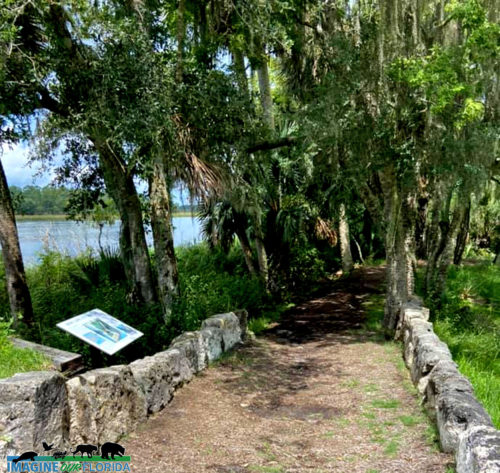
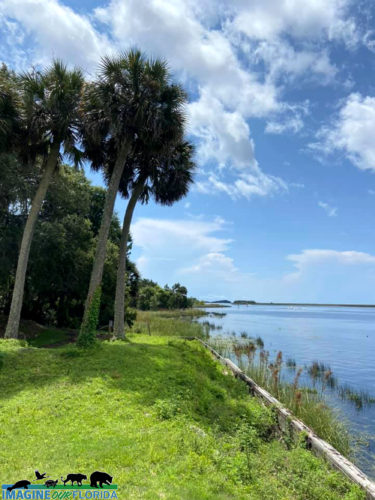

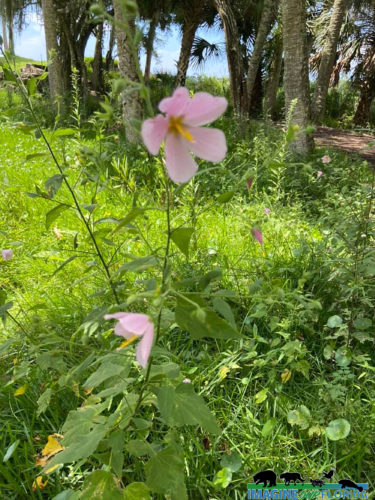
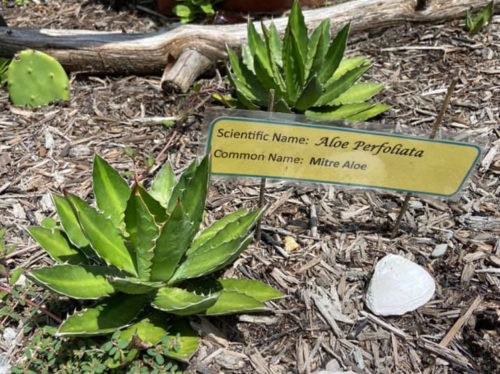

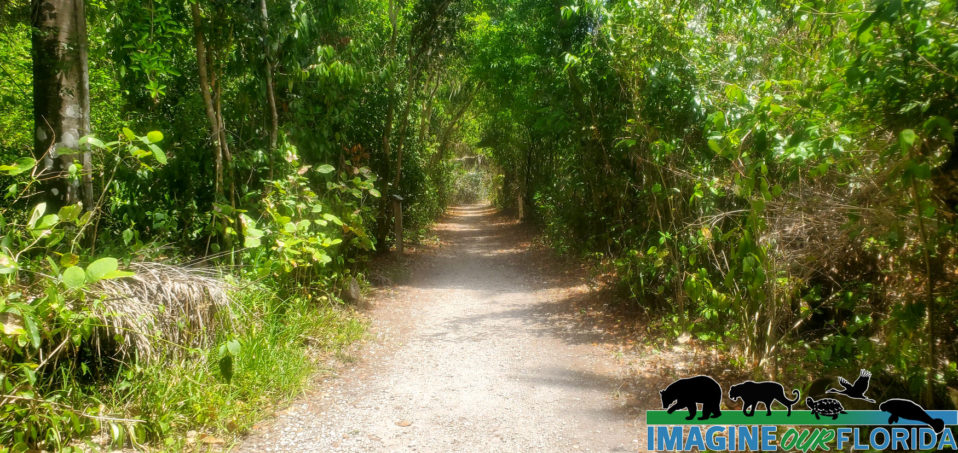
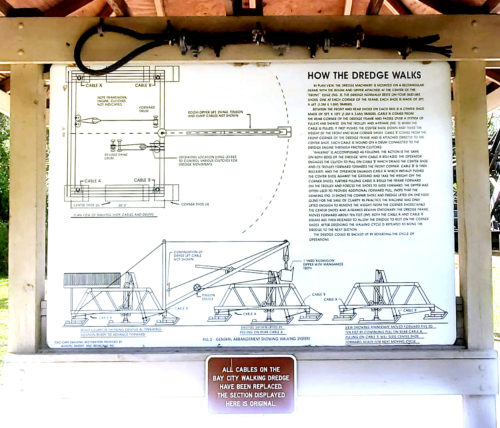
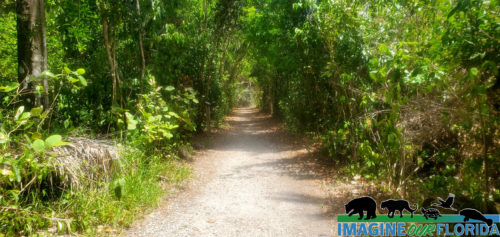
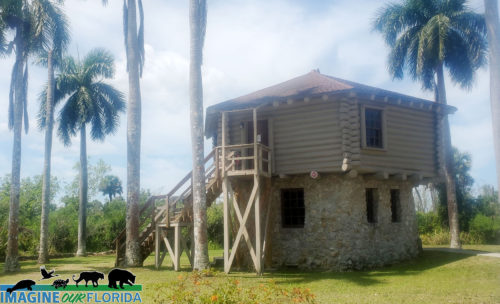
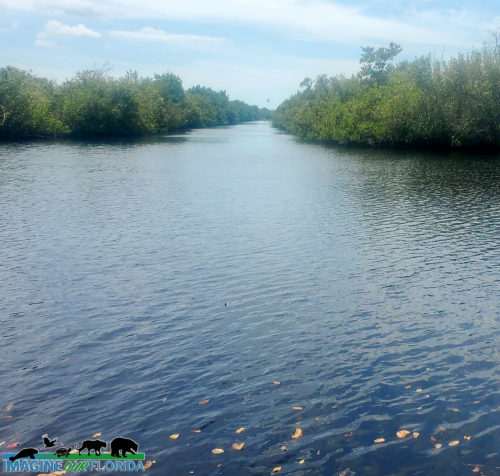
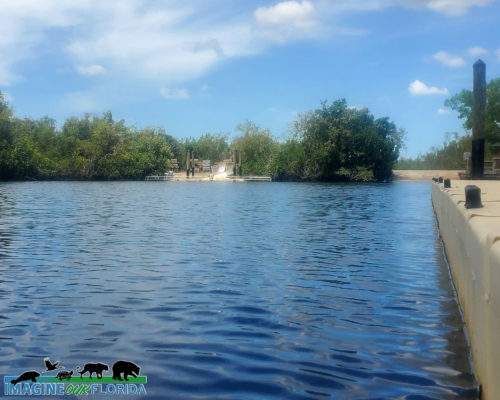
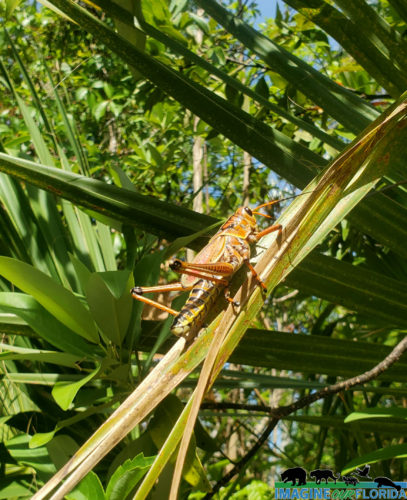
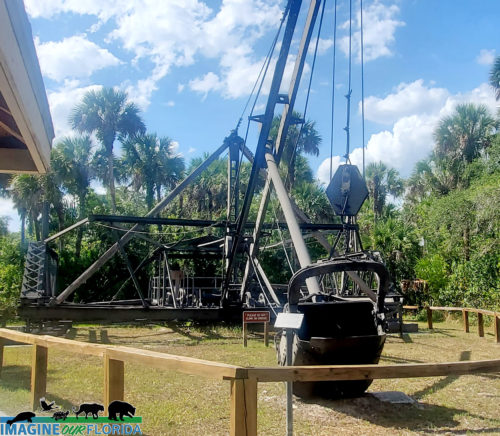
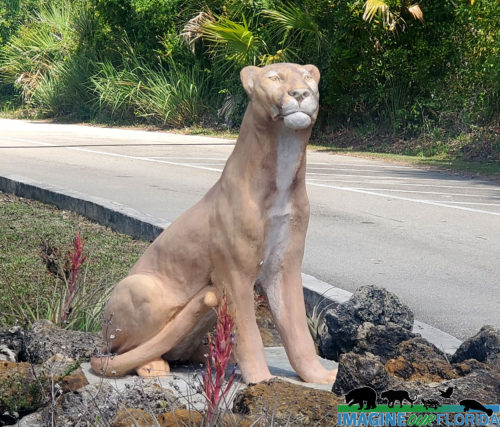
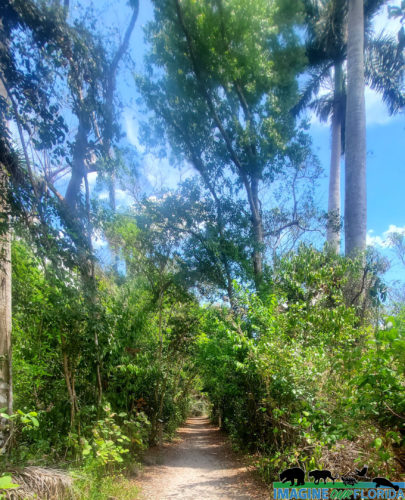
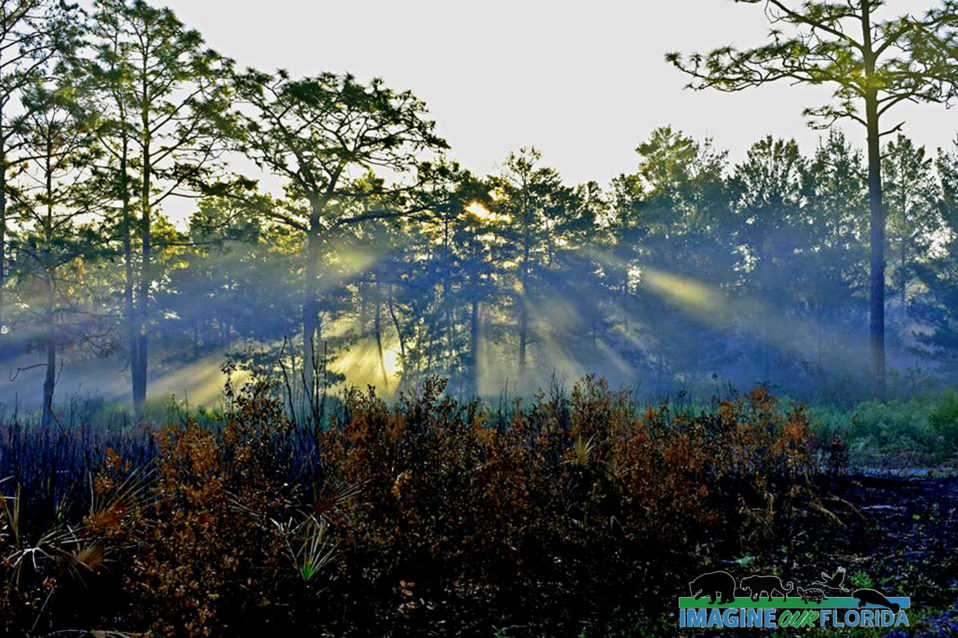
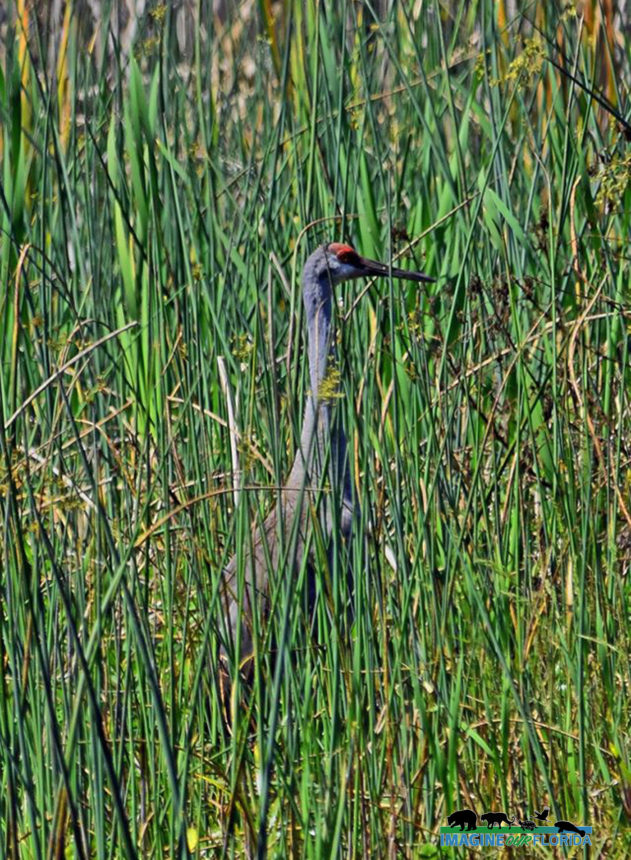
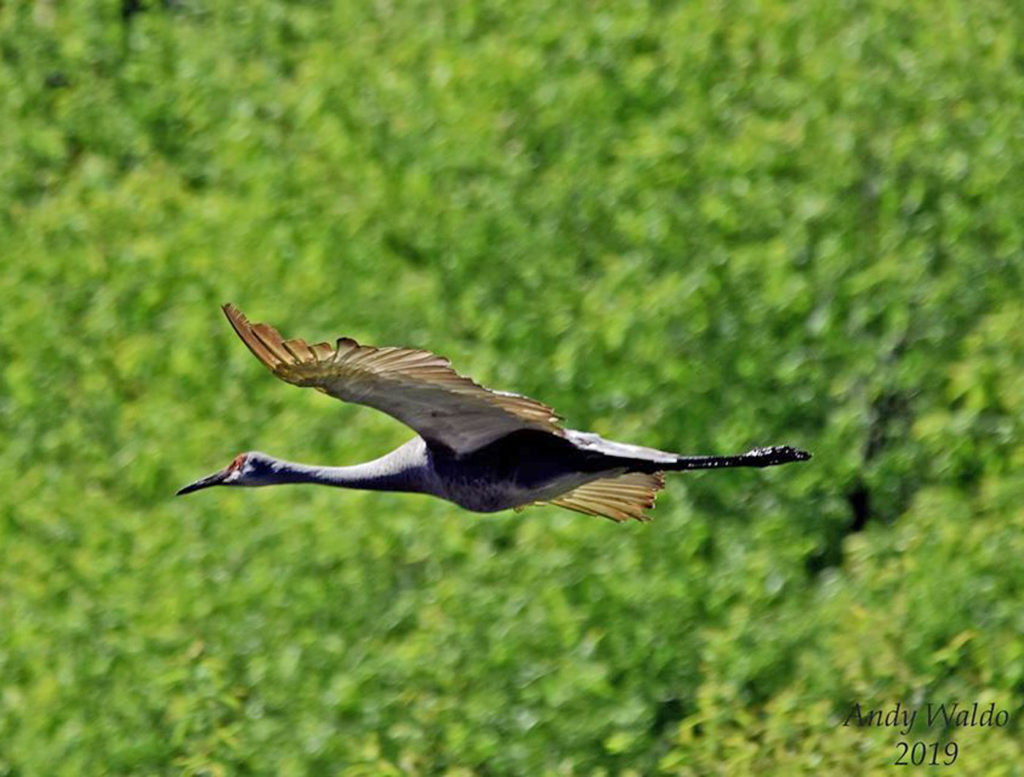
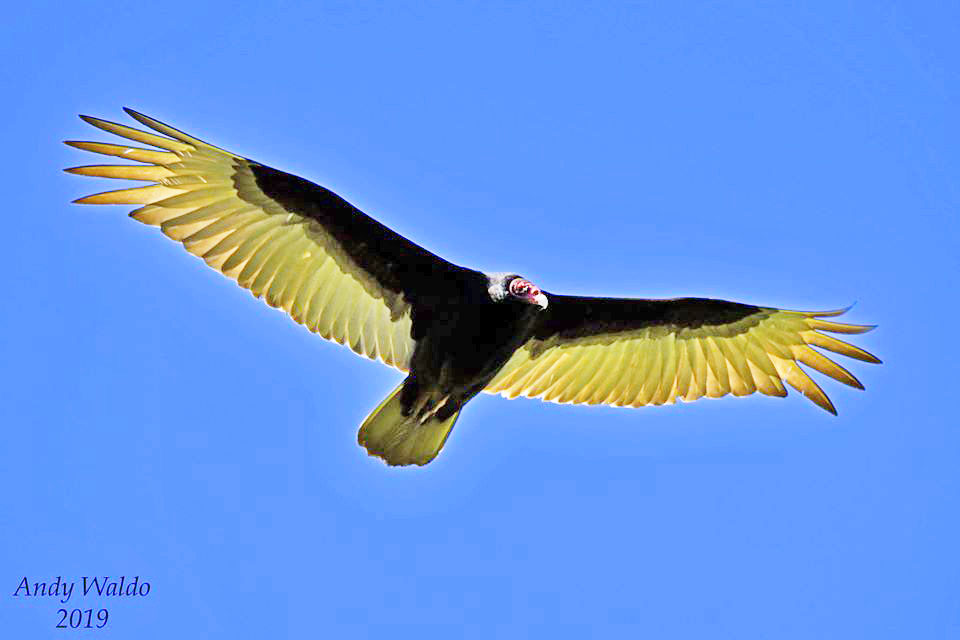
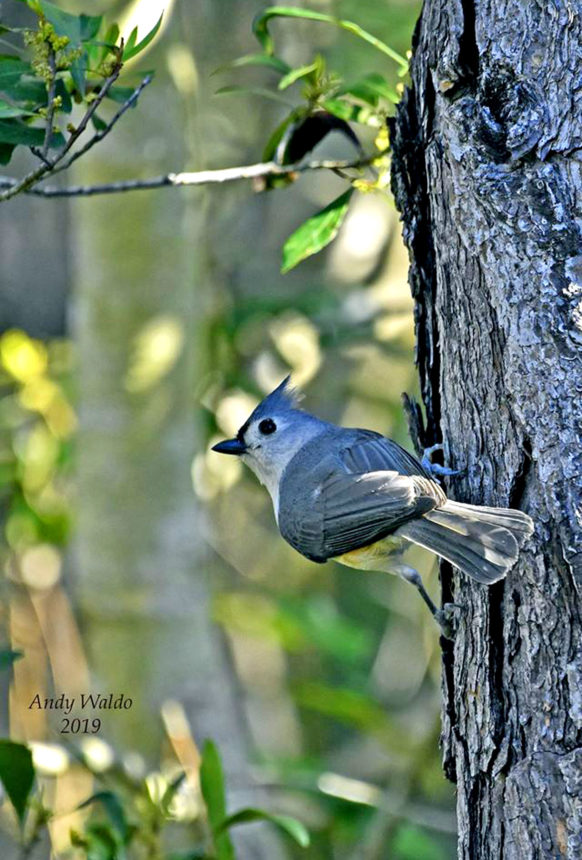
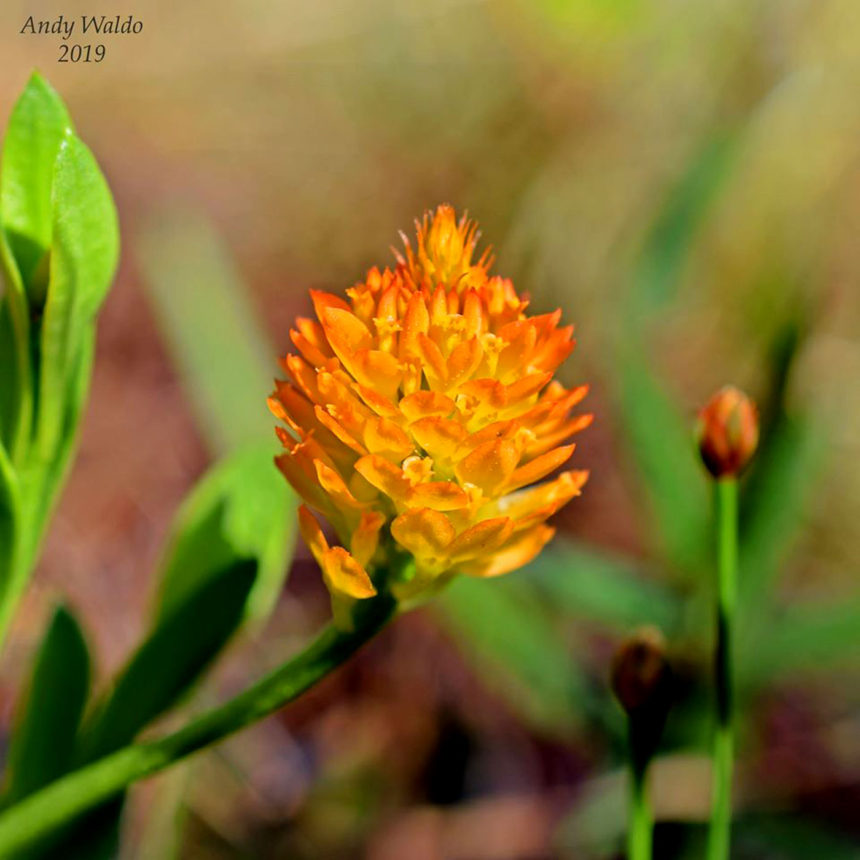
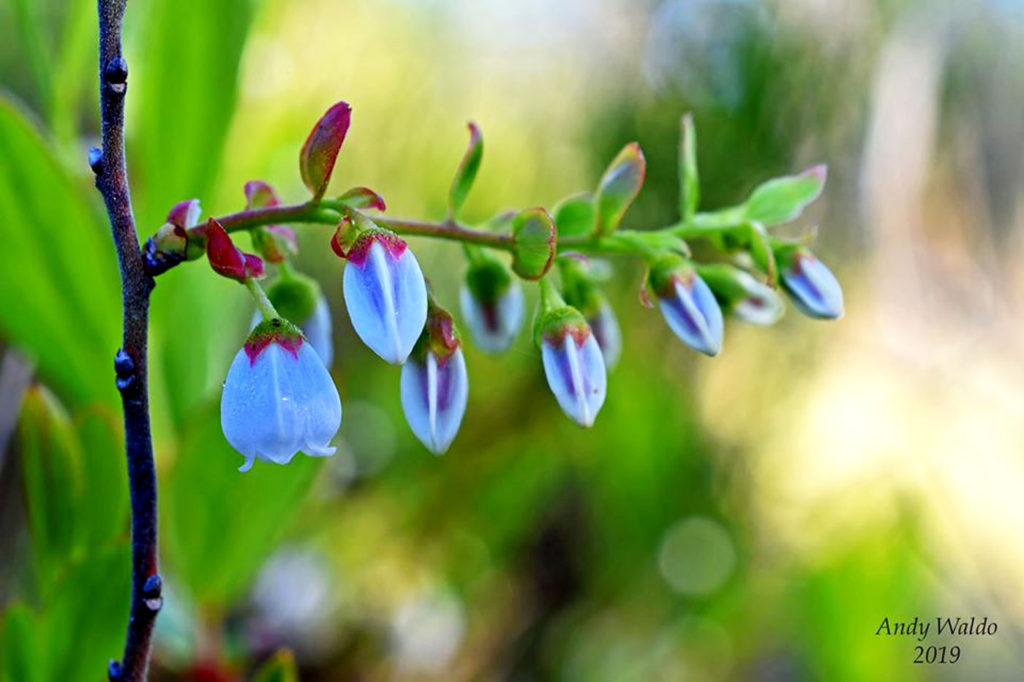
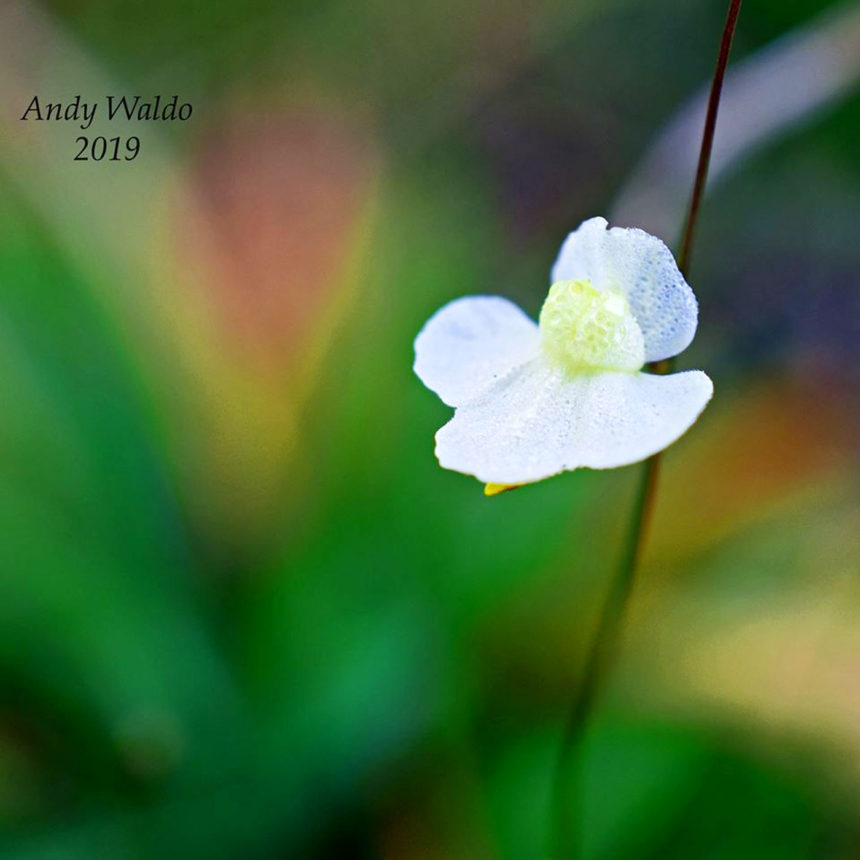
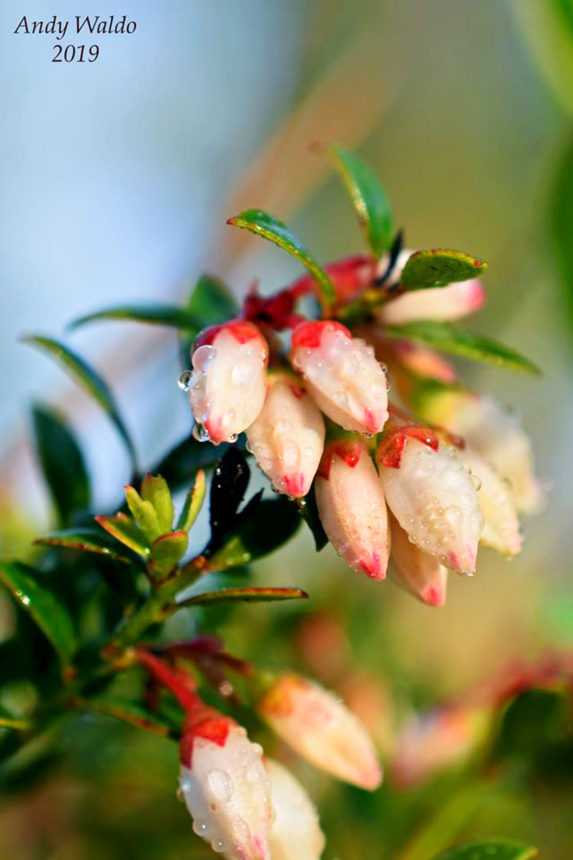
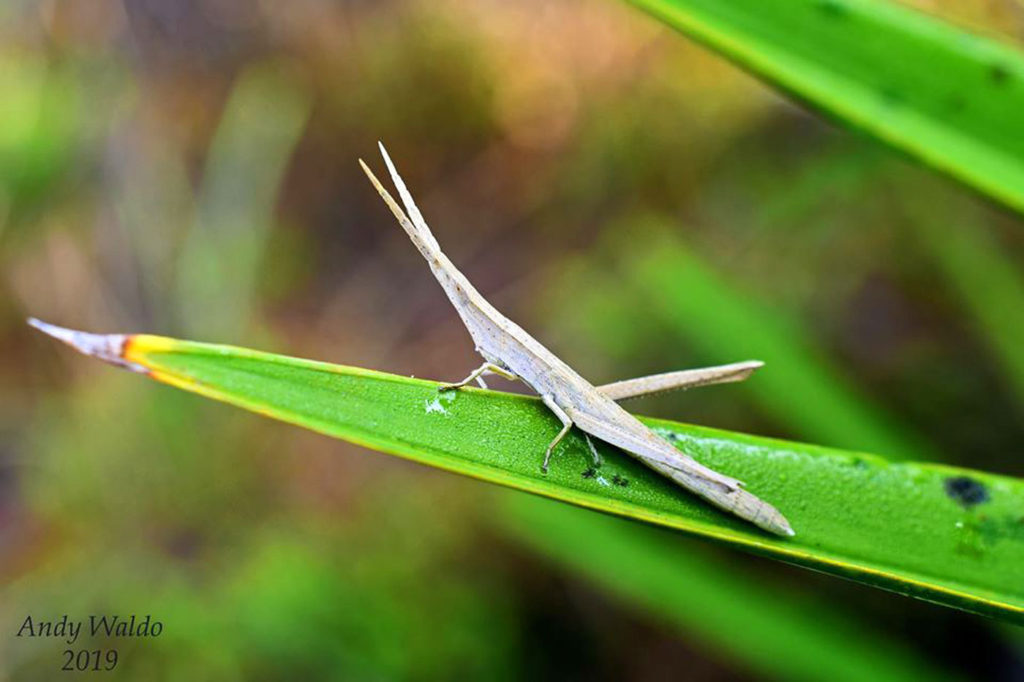
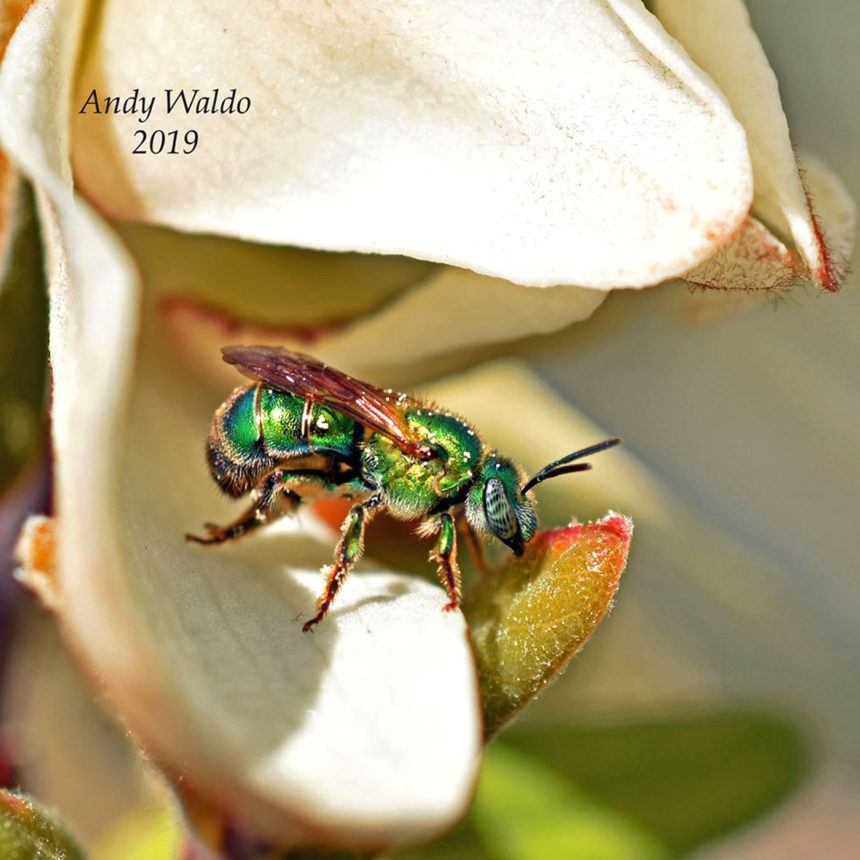
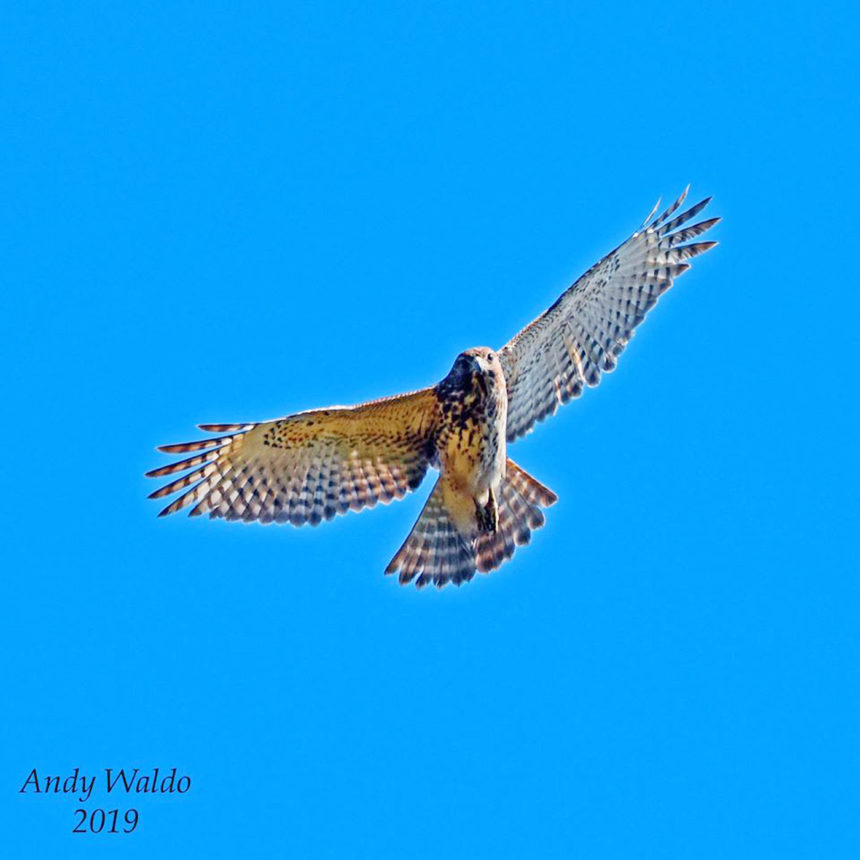
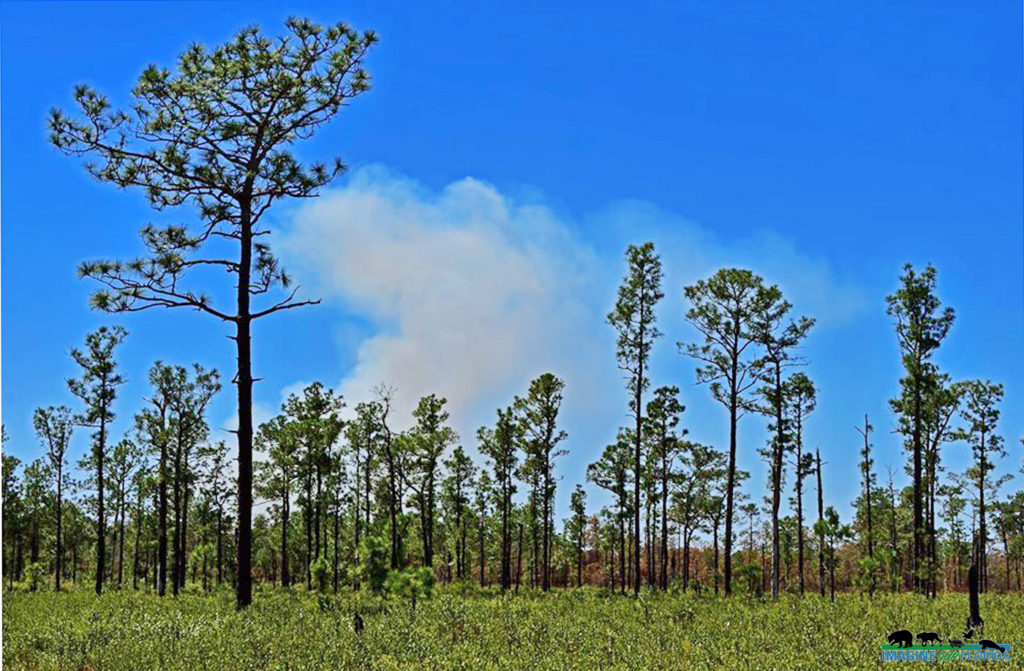
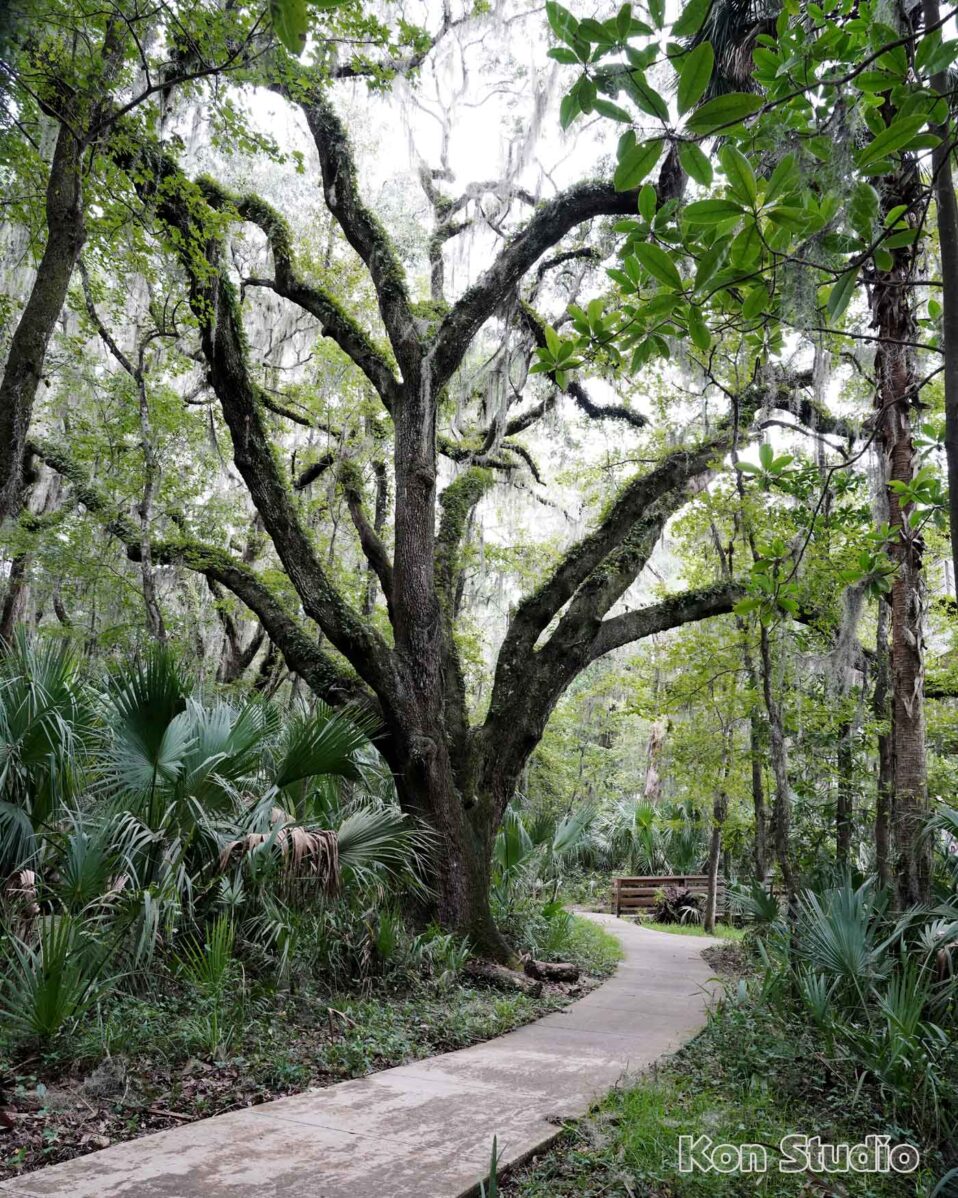
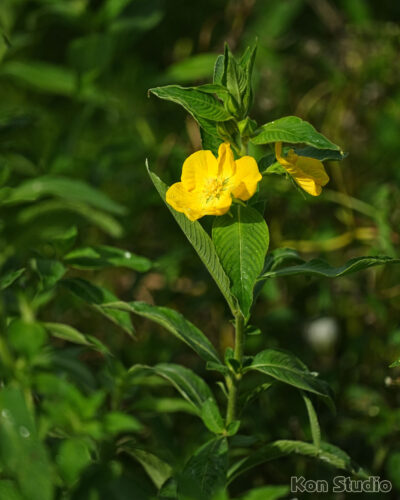
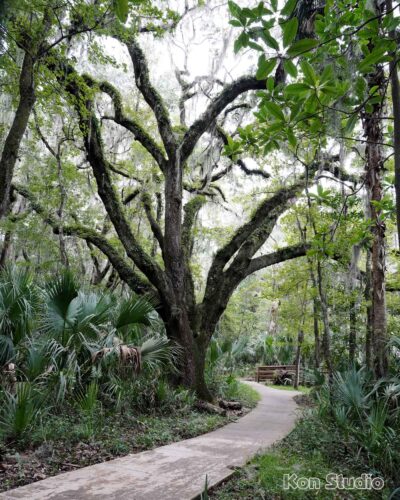
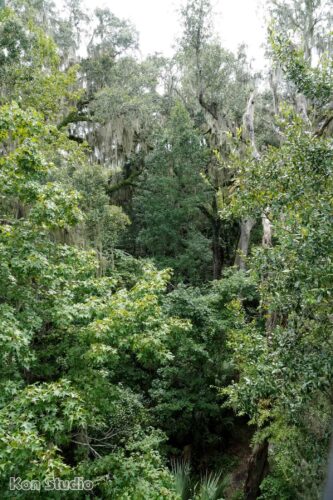
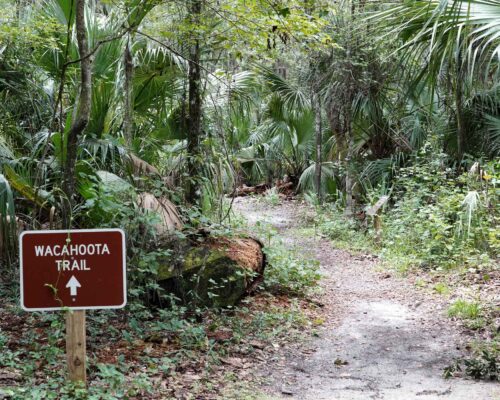
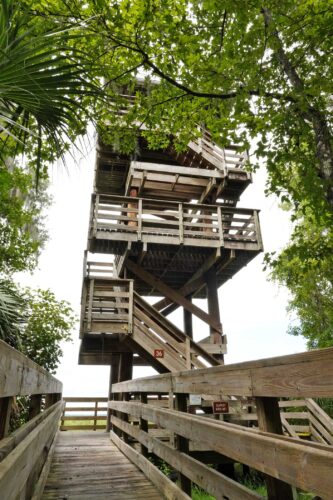
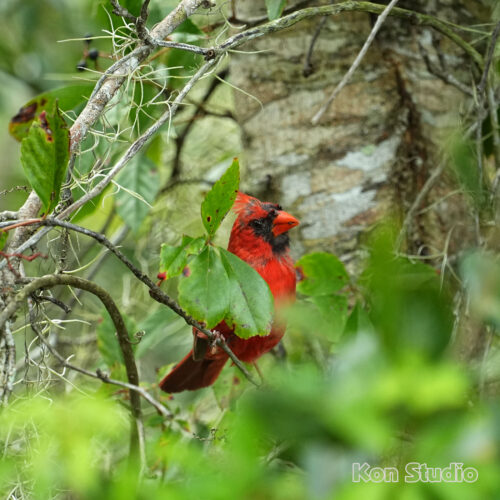
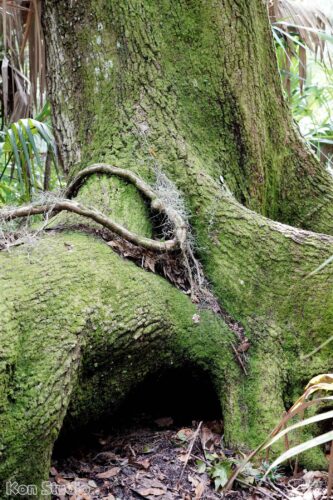
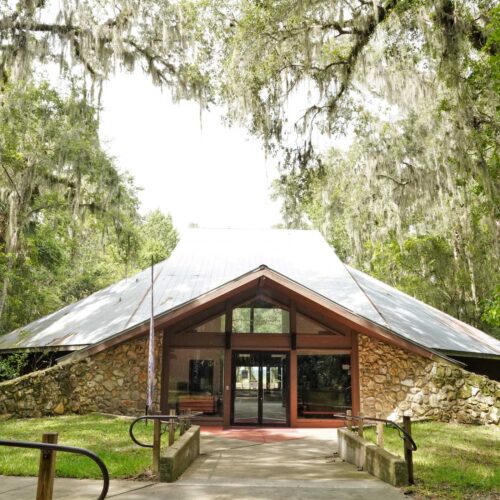
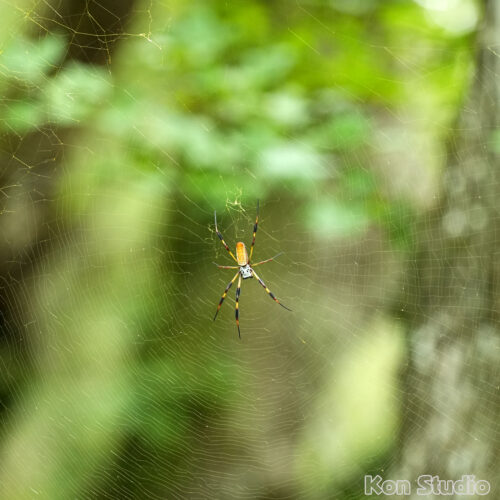
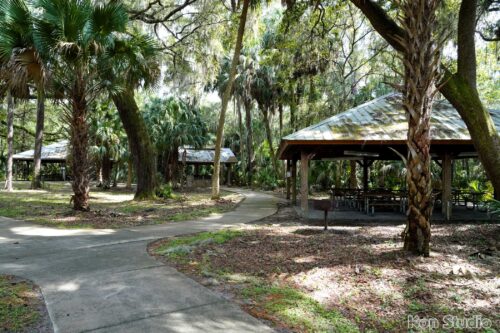
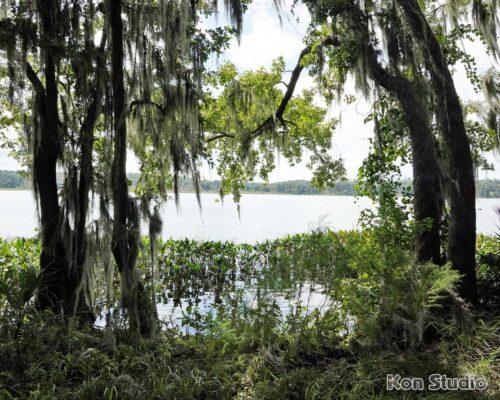
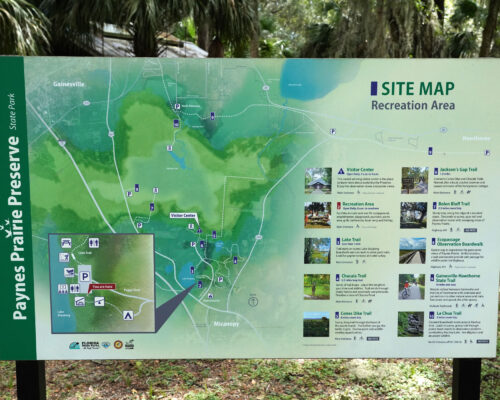
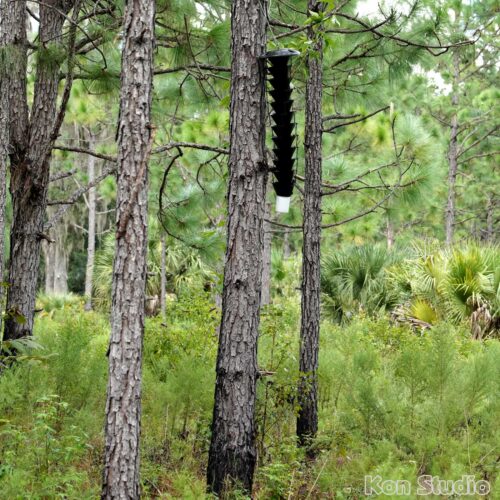
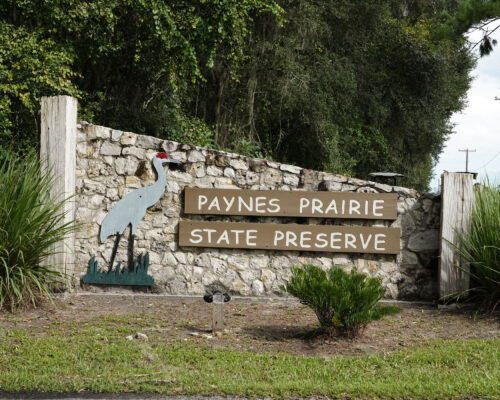
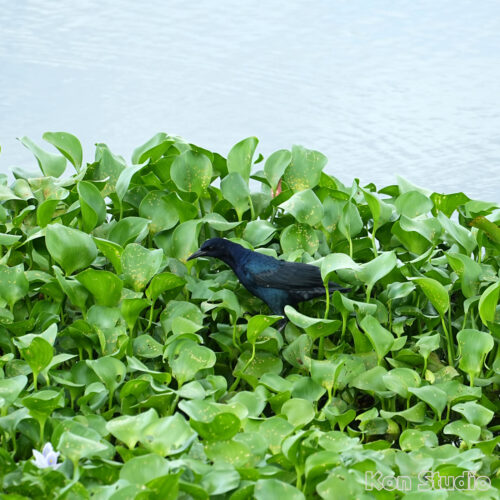
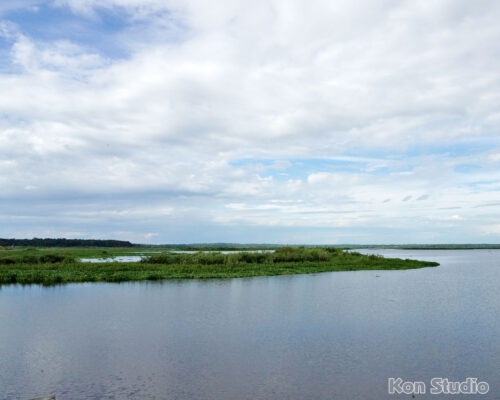
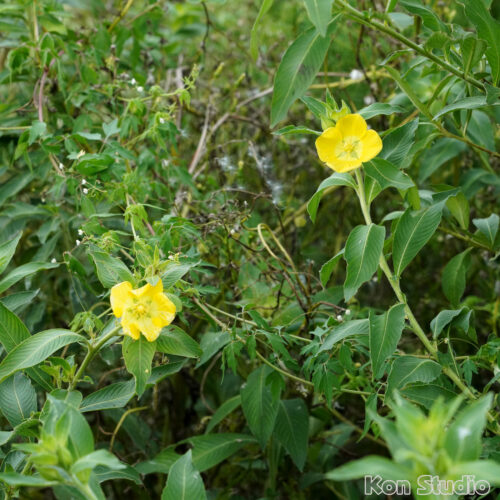
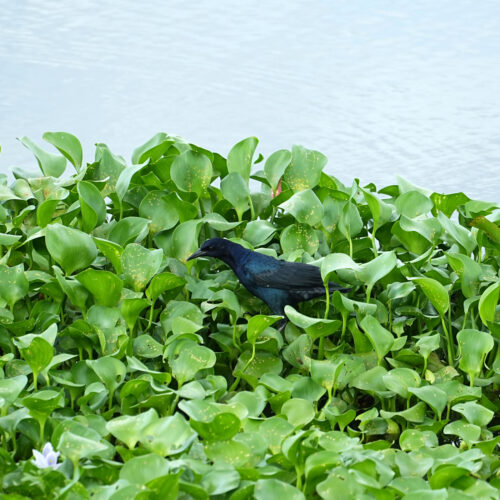
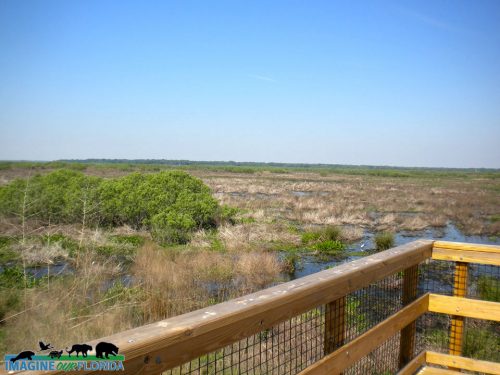
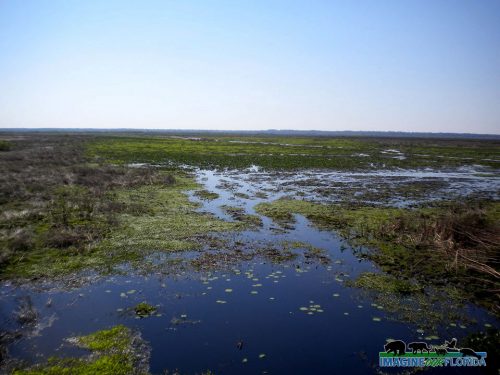
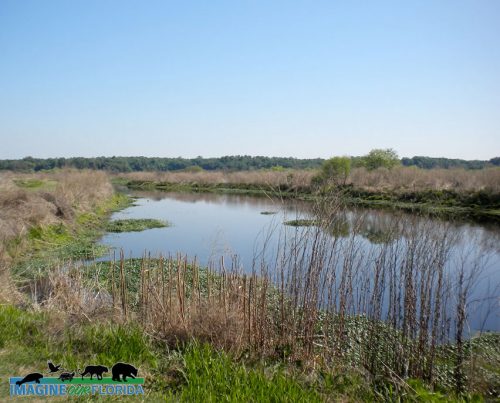
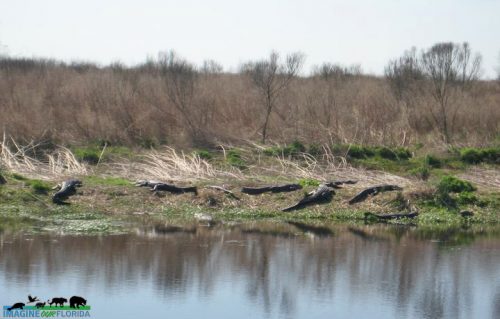
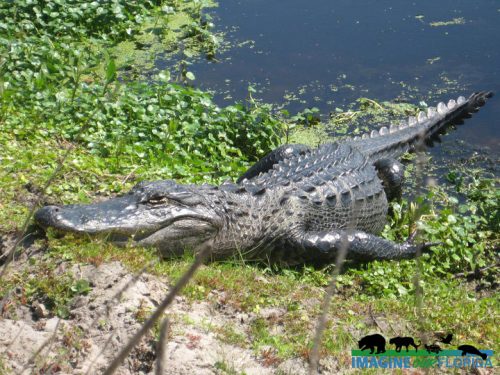
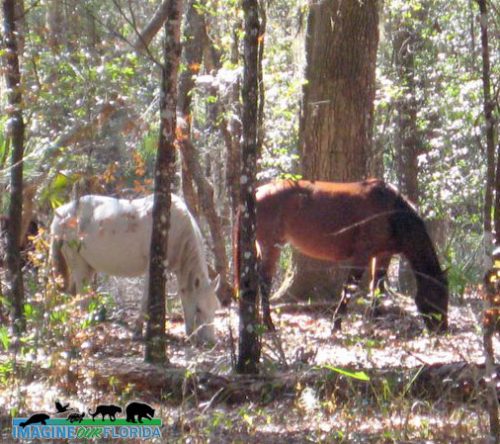
Recent Comments